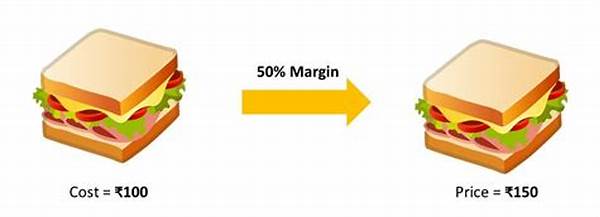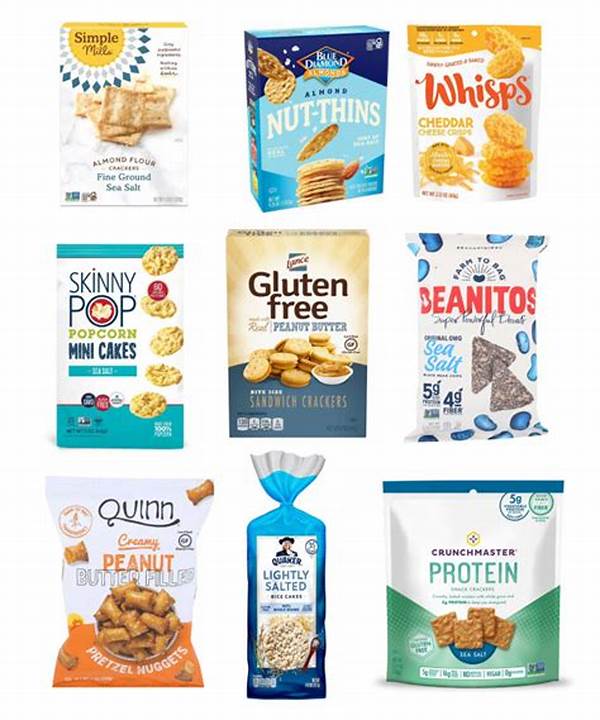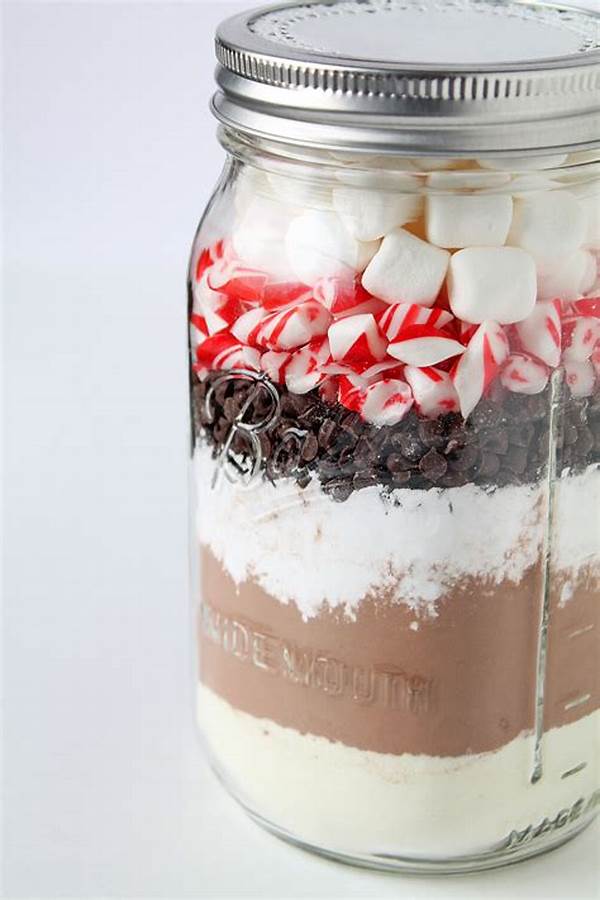In the bustling marketplace of gastronomic delights, a small bakery named “Sweet Serenity” emerged in a quaint town. Owned by Martha, a passionate baker with a knack for crafting divine pastries, Sweet Serenity had garnered a loyal local following. The key to her growing success lay not just in her delectable creations, but also in her effective food product pricing strategies, which she crafted with the same meticulous care as her pastries.
Read Now : Simple No-bake Sweet Treats
Harnessing Consumer Psychology
Martha knew that pricing was not just about numbers; it was a dance of psychology and perception. She understood that customers often equate higher prices with superior quality, yet she also recognized that value was fundamental. By carefully analyzing her competition and understanding her audience, she devised effective food product pricing strategies that balanced perception and reality. Her artisan baguettes were priced just slightly below her high-end competitors but a notch above the standard local bakeries, carving a niche that spoke of quality and affordability.
To reinforce this strategy, Martha introduced a seasonal range of pastries, pricing them at a premium to evoke a sense of exclusivity. Seasonal offerings became anticipated events, creating a buzz and increased foot traffic. This dynamic pricing strategy, coupled with innovative marketing, ensured her bakery stood out. Martha’s story was one of a baker who used effective food product pricing strategies to turn an ordinary bakery into not just a local favorite, but a destination for those seeking both taste and value.
Crafting Value Perception
1. Prestige Through Pricing: By setting her pastries’ prices slightly higher, Martha conveyed quality and exclusivity, a key part of her effective food product pricing strategies.
2. Bundle and Save: Offering combos like pastries with coffee encouraged higher sales volume under the guise of a deal.
3. Dynamic Seasonal Pricing: Limited-time offerings with premium pricing generated excitement and urgency among customers.
4. Psychological Pricing: Prices ending in .99 subtly suggested value, boosting sales through effective food product pricing strategies.
5. Charm Pricing: Implementing charm pricing, like $4.95 instead of $5, made the prices feel significantly lower to consumers.
Building Loyalty through Effective Food Product Pricing Strategies
Martha’s journey with effective food product pricing strategies didn’t stop at her storefront. She embarked on an adventurous path by launching subscription boxes for her devoted customers. Subscribers received monthly assortments of her latest creations, always a surprise and always delightful. The catch? The subscription was priced at a rate that offered savings compared to individual purchases, increasing perceived value and fostering customer loyalty.
The subscription model not only ensured a steady stream of revenue but also created a personal connection with her patrons. Subscribers felt valued and exclusive, part of a special club privy to Sweet Serenity’s ongoing culinary innovations. To Martha, pricing wasn’t just about economics; it was about storytelling. Each price tag was a line in her bakery’s story, narrating quality, care, and creativity.
Tactics and Techniques in Effective Food Product Pricing Strategies
Implementing and Measuring Success
Martha’s effective food product pricing strategies were not static. She continuously sought feedback, observing customer reactions and sales data to refine her approach.
1. Market Research: Constantly analyzed competitors’ pricing to ensure her bakery remained competitive.
2. Cost Analysis: Determined the cost of goods to ensure pricing covered all expenses with desired profit margins.
3. Customer Feedback: Regularly sought input from patrons to tweak offerings and prices.
Read Now : Novelty Candy Jar Packaging For Youth
4. Promotional Events: Introduced limited-time discounts to attract new customers and boost short-term sales.
5. Visual Merchandising: Enhanced product displays to match pricing levels, reinforcing perceived value.
6. Loyalty Programs: Rolled out rewards for repeat customers, leveraging loyalty as part of her effective food product pricing strategies.
7. Dynamic Online Pricing: Utilized online platforms to adjust pricing based on real-time demand.
8. Predictive Analytics: Implemented analytics tools to forecast market trends and adjust pricing accordingly.
9. Geo-Pricing: Tailored prices for online sales based on regional demand and purchasing power.
10. Price Anchoring: Set reference prices with high-price items to make other options appear more attractive.
Sustainable Practices in Effective Food Product Pricing Strategies
As her bakery flourished, Martha introduced environmentally conscious products as part of her effective food product pricing strategies. She priced these items strategically to reflect their sustainable benefits without deterring budget-conscious customers. For every eco-friendly pastry sold, a portion of the revenue was dedicated to supporting local organic farmers, highlighting her commitment to community and planet.
The story of Martha and Sweet Serenity is a testament to how effective food product pricing strategies can transform a small-town bakery into a beloved establishment. Through dynamic pricing, customer engagement, and creative solutions, Martha’s bakery not only offered delicious pastries but also crafted a narrative of quality, community, and sustainability that resonated with every patron who walked through her door.
Customer-Centric Pricing Approaches
Martha engaged her customers in the pricing narrative, explaining the quality and sourcing of her ingredients. These small intimate stories shared with her customers about each ingredient’s journey to her kitchen played a critical role in her effective food product pricing strategies.
By educating her customers about the value behind the price, she fostered a sense of trust and transparency. Patrons understood they weren’t just buying a pastry but investing in quality and artisanship. This customer-centric approach ensured that pricing became part of the overall brand experience at Sweet Serenity, transforming ordinary purchases into meaningful interactions.




